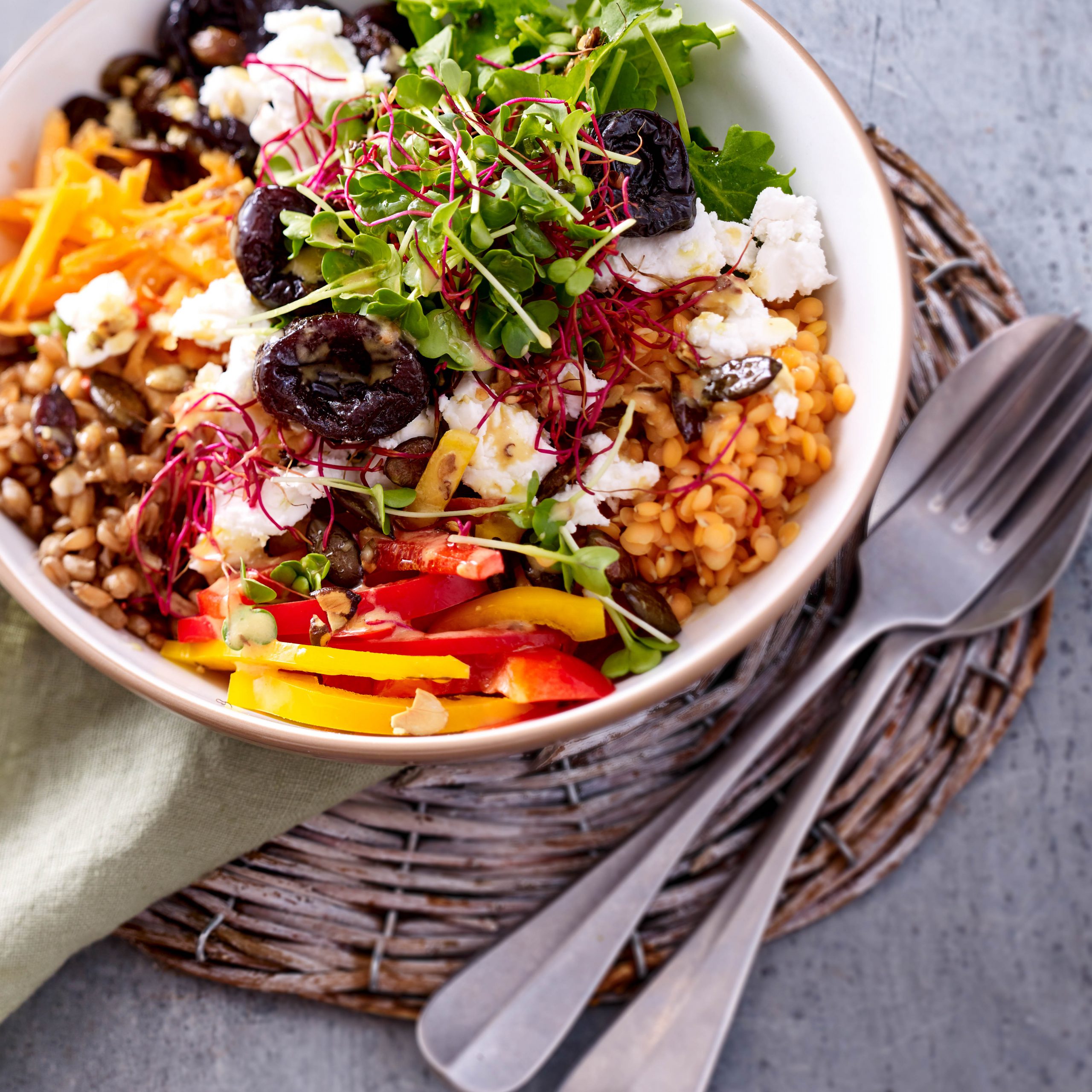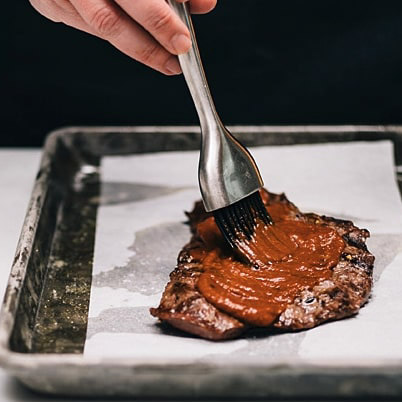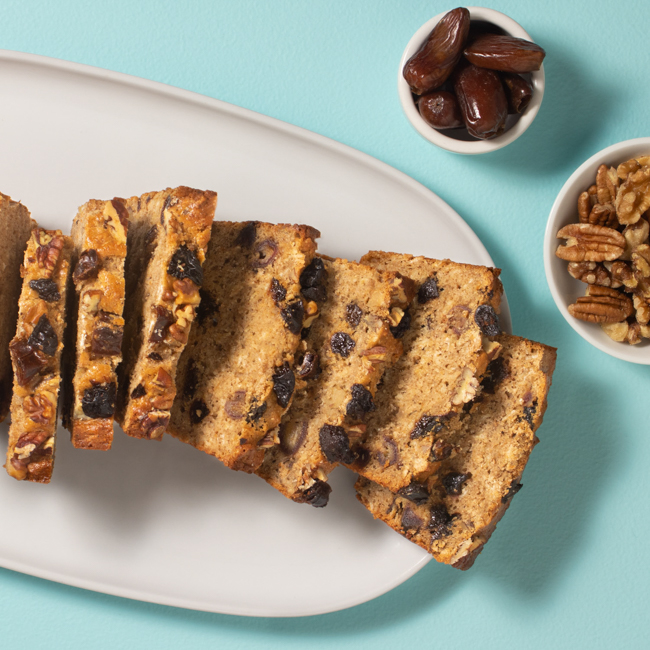
Propagated since ancient times, prune plums are unique in nature for their for their sweet-tart flavor and functional components, including sorbitol and antioxidants.
Unique in Nature
While all prunes are plums, not all plums can be prunes. Sunsweet prunes are derived from a stone fruit that originated in France. Cuttings were brought to the California Bay Area by Louis Pellier in the nineteenth century, who propagated them on American rootstock. What emerged was a California prune plum with French ancestry. Prune plums are non-GMO crops.
While the chemical compositions of each prune-based Sunsweet Ingredient varies, they all contain several functional components, including sorbitol, fiber, and antioxidants.
Sorbitol and Sugar
Nearly 50% of the weight of a prune is sugar, yet much it is sorbitol, a sugar alcohol that is not absorbed by the body (and therefore does not have the same effect on blood sugar). Sorbitol is what sets prune plums apart from other fruits, including other varieties of plums.
Prune plums contain roughly twice as much sugar at harvest as other varieties of plums. As the fruit dries, the sucrose is converted to glucose and fructose. This is the breakdown of sugars in 100 g fresh prune plums*:
- 6.1 g glucose
- 3.4 g fructose
- 4.5 g sucrose
- 5.4 g sorbitol
In comparison, this is the breakdown of sugars in 100 g dried prune plums* (also simply called prunes). Very little sucrose is left:
- 23.1 g glucose
- 13.1 g fructose
- .6 g sucrose
- 14.7 g sorbitol
Prunes are good source of energy in the form of simple sugars, but do not mediate a rapid rise in blood sugar concentration, possibly because of high fiber, fructose, and sorbitol content.
*Chemical composition and potential health effects of prunes: a functional food?
Fiber and Desirable Acids
When fresh prune plums are dried, they develop a tangy caramel flavor from the concentration of sugars and acids. Organic acids—mainly malic and quinic—comprise about 1.5% of prunes. These acids can draw out flavors in food in much the same way that lemon juice enlivens a soup. In addition, plums’ caramel flavor complements roasted and braised meat and poultry dishes. The pH of Sunsweet Ingredients ranges from 3.7 to 4.2. Prunes also contain phenolic compounds (184 mg/100 g), mainly as neochlorogenic and chlorogenic acids.
While prunes are known as being a high-fiber food, prunes contain approximately 6.1 g of dietary fiber per 100 g, which is not unusually high. However, when it comes to health and digestion, prunes are best known as a natural solution to constipation. Scientists do not completely understood why prunes alleviate this form of digestive discomfort, but a likely cause is that the fiber, phenolic compounds, and sorbitol within prunes act together to gently soften the stool and increases its bulk.
For more on the chemical composition of prunes, see this 2013 study.


 日本語
日本語 한국어
한국어




